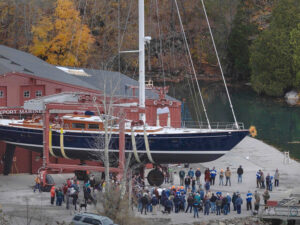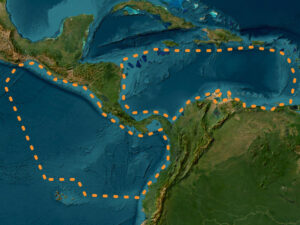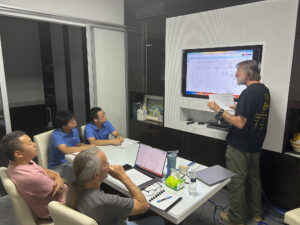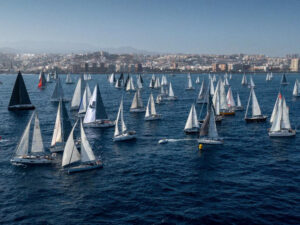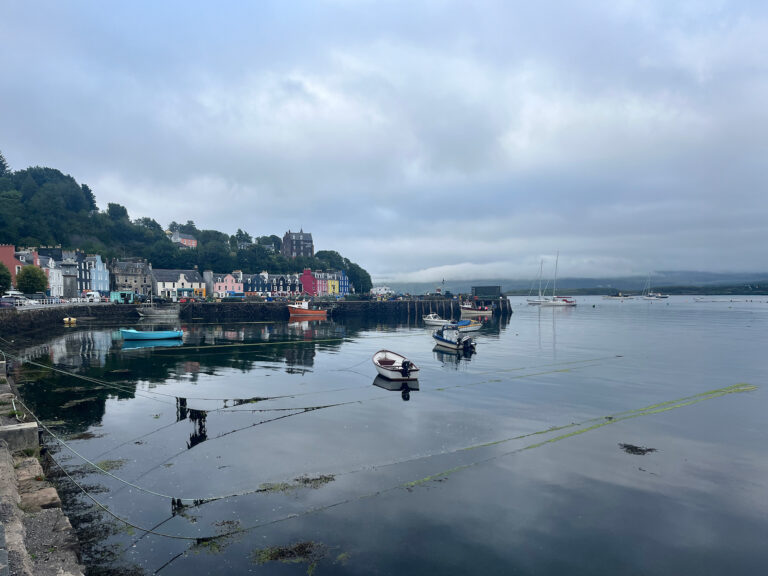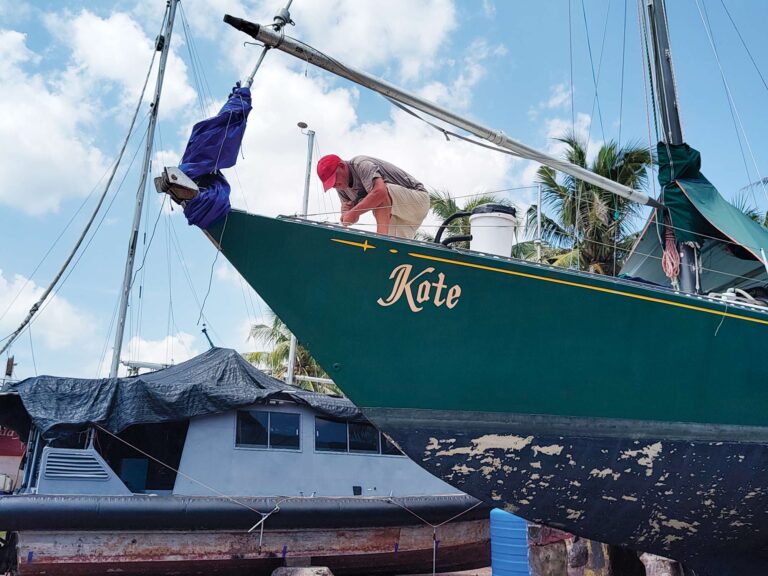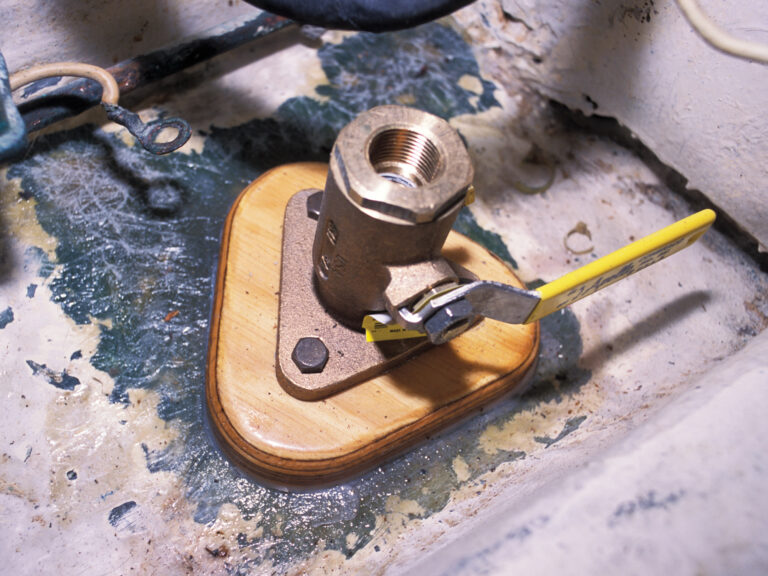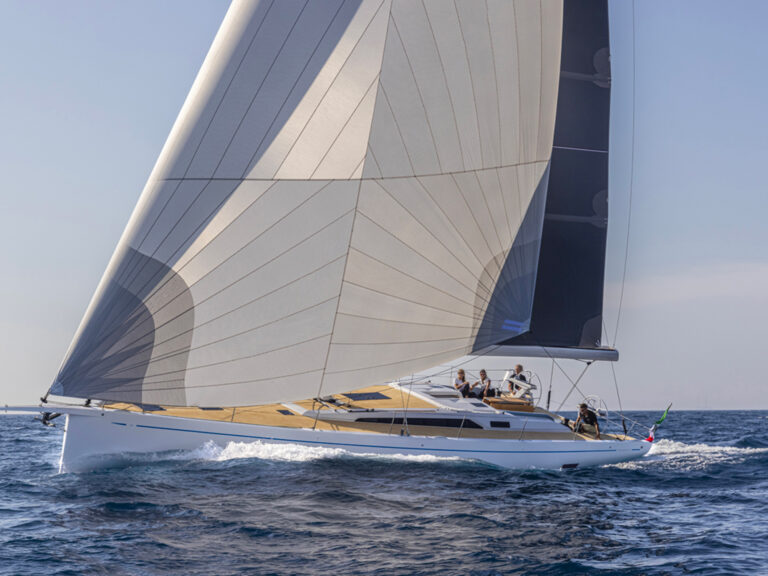
carbon monoxide neighbors 368
Carbon monoxide is an odorless and colorless gas that’s produced when such carbon-bearing fuels as gasoline, diesel, liquid propane gas, coal, and wood are burned. When inhaled in sufficient quantities, it inhibits blood cells from carrying oxygen, which eventually leads to unconsciousness and death. Evidence suggests that low concentrations over long periods may be just as deadly as high concentrations inhaled over shorter periods of time. On a boat, either scenario poses a threat because the gas can accumulate in relatively confined spaces below and catch the crew off guard.
That’s the bad news. The good news is that CO-related injuries and deaths are easily avoidable if you install a detection device on your boat. The detectors are readily available, often for much less than it costs to fill up your automobile’s gas tank. As far as I’m concerned, this device isn’t an option. Every vessel should carry one in every accommodation space in which someone might sleep or even nap, even if there are no CO-producing devices aboard. After all, although your sailboat may have no engine or fossil-fuel heater, it’s possible for fumes from another nearby vessel to find their way aboard, and it’s happened with deadly results.

****| |****|
Before you rush out and buy an alarm, you need to know that all CO detectors aren’t the same. There are significant differences between those designed for household use-the kind available, say, at home-improvement stores-and those intended for marine applications. Primary among the differences is the power supply. Marine CO detectors are meant to be hardwired, and they rely on the vessel’s own 12- or 24-volt-DC power supply, while those marketed for use in homes and businesses typically use 120-volt AC (what sailors call shore power) or an internal 9-volt battery. And although any type of detector will likely sound an alarm if CO is present, the critical issue is the reliability of the power supply. Because shore power isn’t always available aboard the average cruising vessel, it can’t be counted on for constant monitoring. Internal 9-volt batteries also present a problem, because, unlike homes and businesses, recreational vessels aren’t continuously occupied, and the battery in a CO detector may go dead and not be noticed; even if it chirps for weeks before it dies, no one may be aboard to hear this critical warning.
The power supply for marine CO detectors should be wired through a fuse or through a circuit breaker that can’t be inadvertently turned off. (These breakers usually are of the push-button rather than the lever variety.)
Remember, CO detectors are typically wired in the “always energized” mode, which means that they always draw current, not just when CO is present. This means that they’re capable of draining a battery over a long period of time, if no recharging takes place. (Even a small solar panel will typically keep up with one or two CO detectors.)
If current consumption is an issue, as in the case of moored sailboats that are left for long periods of time, wire the detectors to the load, or output side, of the house-battery switch. Whenever the battery switch is on, which is the case when the vessel is occupied, the CO detector is operational. In this case, a placard should be placed adjacent to the switch indicating that when the switch is off, so is the CO detector. Finally, CO detectors have a finite life of about five years, though this varies from model to model, so be sure to check with the manufacturer of the unit you intend to purchase.
Steve D’Antonio contributes regular maintenance tips to CW and offers services for owners, boatbuilders, and others in the marine industry through Steve D’Antonio Marine Consulting
(www.stevedmarineconsulting.com).

